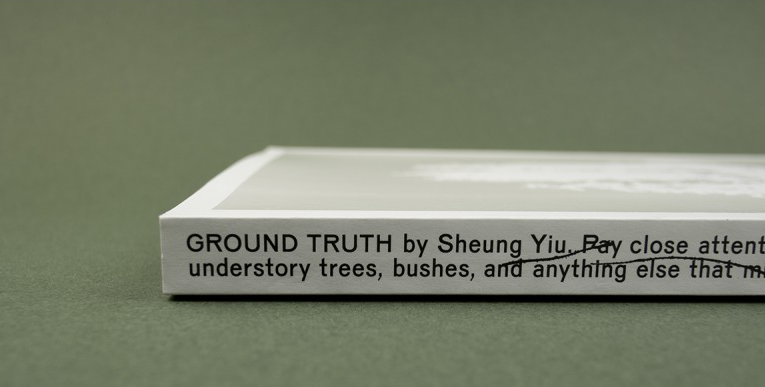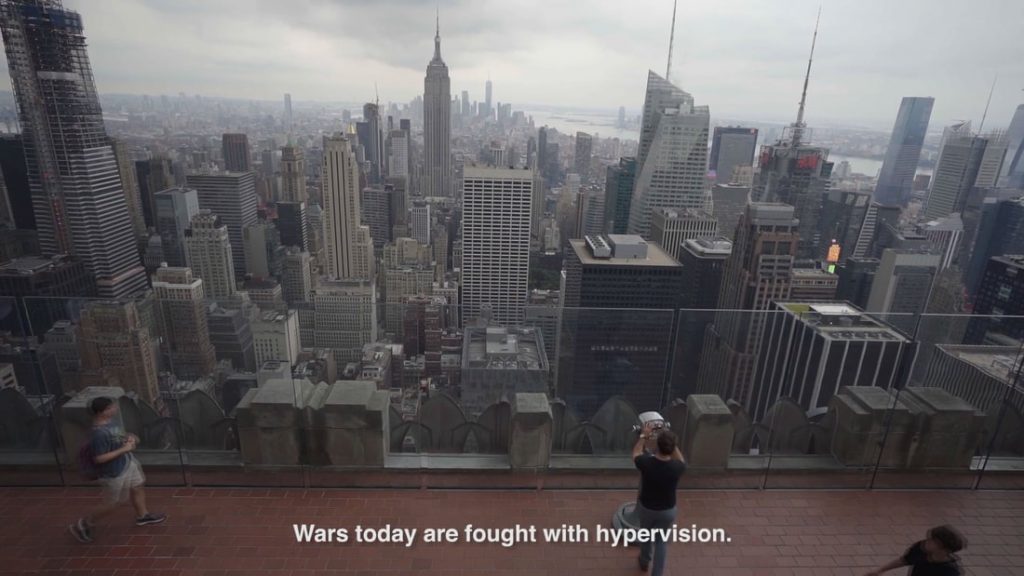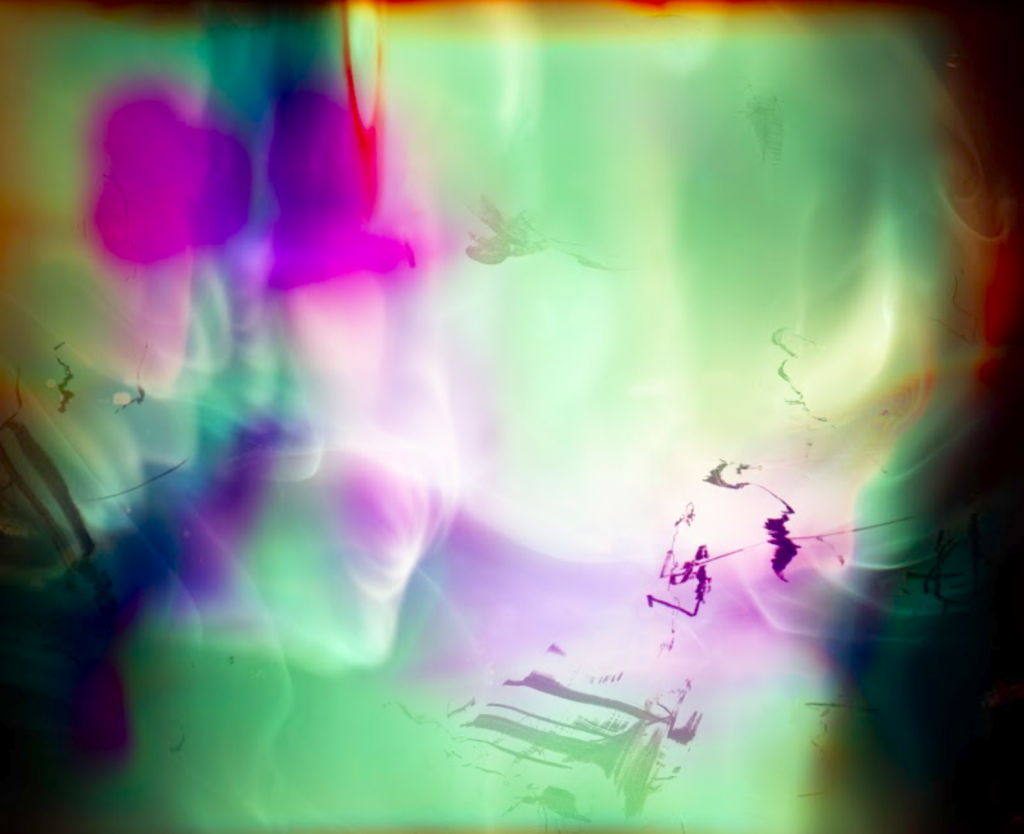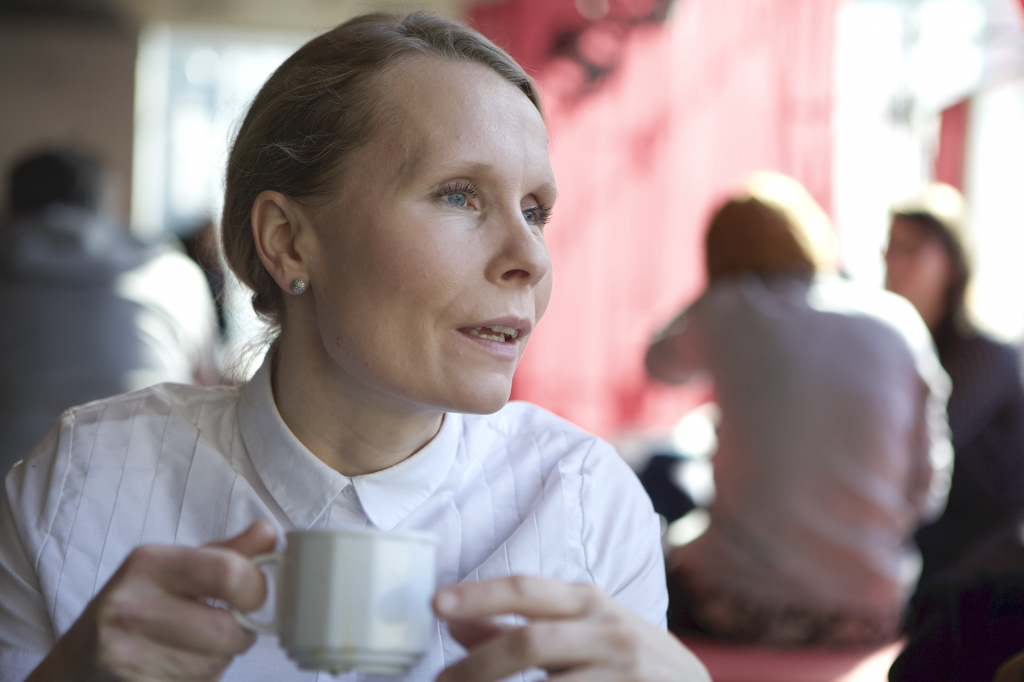SEASONAL BOOK LAUNCHES PRESENTS: ‘GROUND TRUTH’
A book by Sheung Yiu
Book launch this Saturday, November 27th, 16:00 @ Art Gallery Kosminen, Helsinki
Sheung Yiu is launching his book ‘GROUND TRUTH’ this Saturday at art gallery Kosminen, Helsinki, at 16:00 (4pm). Please feel free to join the casual celebration and meeting around the local community TTBookshelf books and friends!
Event Name: Seasonal Book Launches, The Temporary Bookshelf
When: Saturday 27.11 17-20:00
Where: Kosminen, Pursimiehenkatu 13,00150 Helsinki
Kosminen
Instagram + @sheungyiuphoto , #sheungyiu #theeriskayconnection
The Eriskay Connection
‘GROUND TRUTH’
What is the relation between what we see and what is there? Ground Truth observes the evolution of visual technology in conversation with our perception and surroundings. The more technology develops, the more abstract seeing becomes.
Equipped with the phenomenal power of computation, photography and hyperspectral imaging, a group of scientists set out to approach the boundaries of satellite imaging in the forests of Finland. Using meticulous on-site measurements of physical structures and spectral properties of trees, ‘ground truth’ data are experimental results to verify the performance of predicting models. Their quest is to develop an improved interpretation model of satellite data for remote sensing research, which allows us to distinguish various features of the surface beyond what is shown optically in satellite imagery.
In Ground Truth Sheung Yiu (HK/FI) interweaves archival imagery, documentary photography, experimental data, and artistic work, to acquaint the reader with the mathematical models that provide us the tools to ‘resurrect’ trees from a two-dimensional image. Ground Truth highlights the complexity of seeing in the age of algorithms. What do we see when we are not around? What can we see when there is nothing there?
Concept and photography: Sheung Yiu
Essay: Miina Rautiainen, Daniel Schraik, Aarne Hovi and Petri Forsström, Sheung Yiu
Design: Emery Norton
170 × 240 mm | 176 p
EN | softcover
ISBN: 978-94-92051-74-5
€ 25.00
ABOUT SHEUNG YIU
Sheung Yiu is a Hong-Kong-born image-based artist and doctoral researcher based in Helsinki. His research interest concerns the increasing complexity and agency of computational photography in contemporary digital culture. He seeks to expand its ontology by formulating the connections between photography theories and new forms of realism, object-oriented ontology, and network thinking. Engaging with artistic practice and multi-disciplinary collaboration as a mode of research, his works examine the poetics and politics of computational photography, such as computer vision, computer graphics and remote sensing. Yiu’s work takes the form of photography, videos, photo-objects, exhibition installations and bookmaking.
More info: www.sheungyiu.com
ABOUT THE ERISKAY CONNECTION
The Eriskay Connection is a Dutch studio for book design and an independent publisher. We focus on contemporary storytelling at the intersection of photography, research, and writing. In close collaboration with authors, we make books as autonomous bodies of work that provide us with new and necessary insights into the world around us. The key for us is to convey the essence of their work through high quality editing, design, and production. Our editions are mainly offset printed and bound in The Netherlands and we strive to work with local producers and sustainable materials as much as possible.
More info: https://www.eriskayconnection.com





